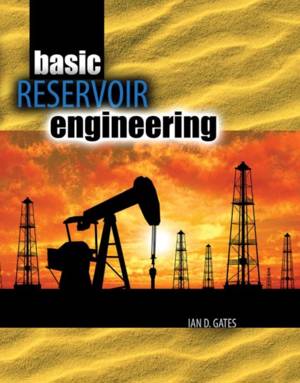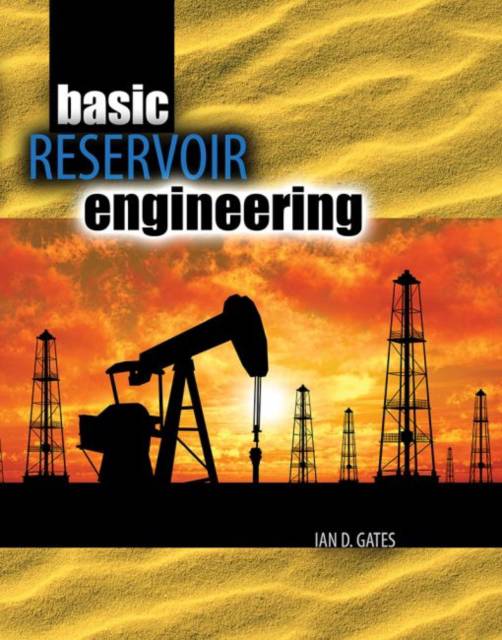
- Retrait gratuit dans votre magasin Club
- 7.000.000 titres dans notre catalogue
- Payer en toute sécurité
- Toujours un magasin près de chez vous
- Retrait gratuit dans votre magasin Club
- 7.000.0000 titres dans notre catalogue
- Payer en toute sécurité
- Toujours un magasin près de chez vous
Description
Basic Reservoir Engineering, written for use in a first introductory one-semester course in reservoir engineering, introduces the underlying goals of reservoir engineering and presents a clear roadmap for analyzing reservoirs themselves. Basic Reservoir Engineering:
- Includes chapter review questions to help students understand, practice, and retain the information presented.
- Includes a glossary that enlightens the student to much of the jargon found in the oil and gas industry.
Chapter 1 introduces the reader to the field of reservoir engineering. Chapter 2 presents basic reservoir concepts dealing with flow through porous media including porosity, permeability, saturation, relative permeability, capillary pressure, hysteresis, and resistivity theory Chapter 3 deals with basic pressure-volume-temperature behaviour concepts for petroleum fluids Chapter 4 introduces mapping and volumetric calculations Chapter 5 describes decline analysis and the construction of type curves Chapters 6 outlines the material balance method for oi Chapter 7 outlines the material balance method for gas systems Chapter 8 describes water aquifer models Chapter 9 describes some basic models for describing oil production including displacement theory Chapter 10 describes buildup and drawdown theory Chapter 11 introduces analysis of thermal processes including cyclic steam stimulation and steam-assisted gravity drainage Chapter 12 describes basic data requirements and theory of reservoir simulation
Spécifications
Parties prenantes
- Auteur(s) :
- Editeur:
Contenu
- Nombre de pages :
- 340
- Langue:
- Anglais
Caractéristiques
- EAN:
- 9781465236845
- Date de parution :
- 09-03-15
- Format:
- Livre broché
- Format numérique:
- Trade paperback (VS)
- Dimensions :
- 203 mm x 250 mm
- Poids :
- 684 g

Les avis
Nous publions uniquement les avis qui respectent les conditions requises. Consultez nos conditions pour les avis.






